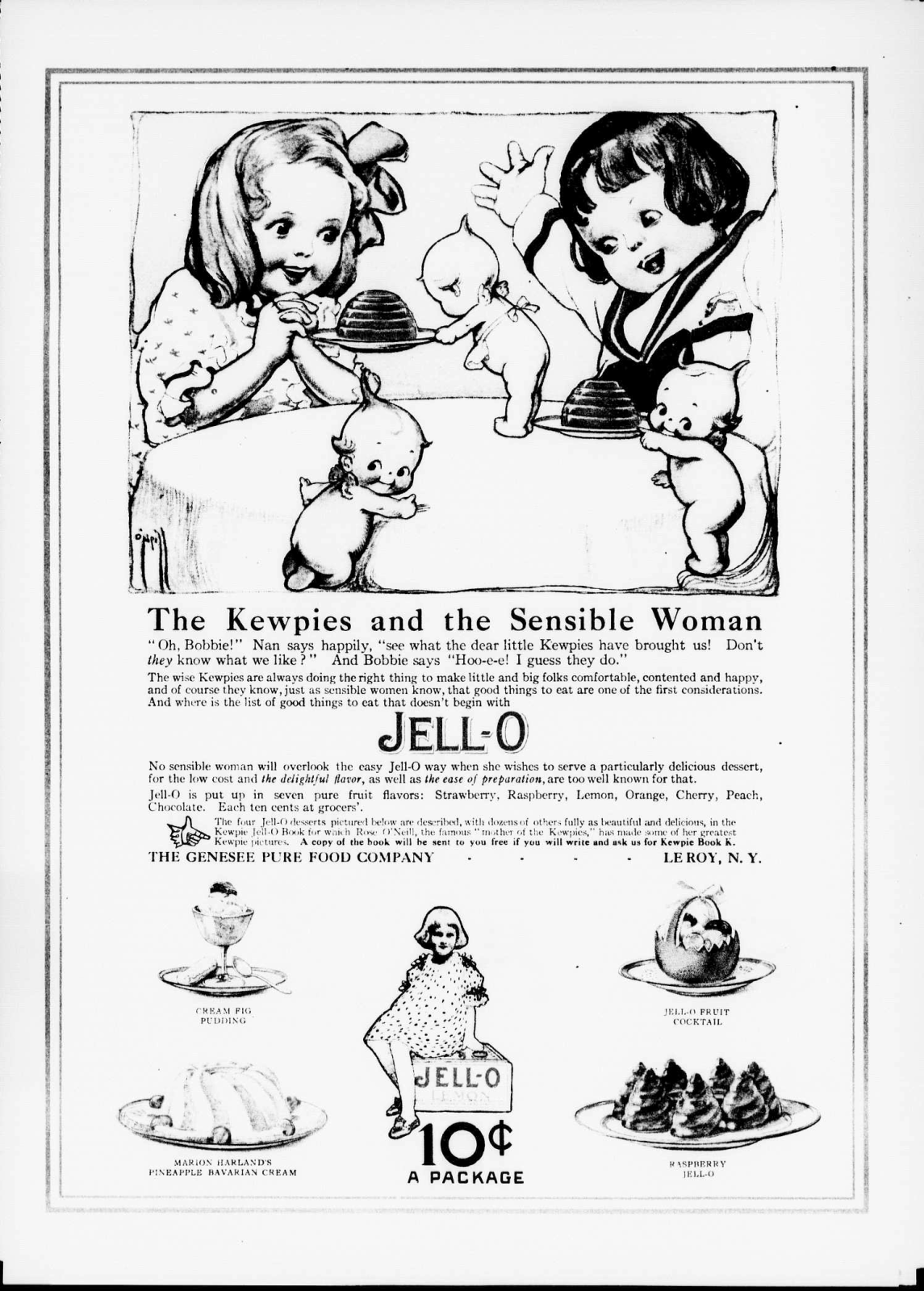The Kewpie Doll Effect
by Karen Fang
Today, we consider "cute." The University of Houston presents this series about the machines that make our civilization run, and the people whose ingenuity created them.
What does the word "cute" call to mind? Do you think of bouncy babies, gamboling puppies, fluffy stuffed animals, and big-eyed cartoon characters?
If you do, you're not alone. Throughout the twentieth century, the word "cute" has often been used to describe things whose charm and attractiveness are linked with youth and femininity. Walt Disney built his global brand on cute, urging animators to draw characters with bigger heads, rounder eyes, and shorter limbs. Walt Disney grew up on a farm, so he knew how young animals appeal to human hearts, sparking natural instincts to care for our young.
Biologists call this phenomenon "neoteny," when adult organisms retain youthful physical attributes. It's an evolutionary trait thought to deter predation and instead inspire care. It's why humans love pandas, with their roly-poly shapes and big black spots around their eyes, which make their eyes look far bigger than they are.

Kewpie Doll
Photo Credit: By Lara - Flickr: Kewpie doll, CC BY 2.0.
Psychologists, advertisers and product manufacturers, however, have their own name for neoteny. What they call the "Kewpie doll effect" is a similar tendency in consumer culture for products with those same attributes of big eyes, large heads, and stubby limbs. The term refers to Kewpie dolls, which were mass manufactured collectible figurines popular in the 1910s through the 1940s. The name, "Kewpie," comes from cupids. The cherubic character was born in the magazine, Ladies' Home Journal, but soon was so popular that it was used to market everything from toothpaste, cornflakes, Jell-O, cookware and clocks. Before Mickey Mouse, Kewpies were thought to be the most recognized cartoon character in the world.

1915 Jell-O ad featuring Kewpies
Photo Credit: Wikipedia.
Today, though, calling something "cute" can be a double-edged sword, particularly for adults and women. Because of its association with neoteny, "cute" and other aspects of the Kewpie doll effect can seem diminutive and infantilizing, a way of undermining authority despite expressions of affection.
Given these icky, rather cringeworthy aspects to cuteness, however, it is interesting to know that Kewpie dolls were powerful symbols in the fight for women's right to vote. When Kewpies were created by illustrator Rose O'Neill in the early part of the twentieth century, they coincided with contemporary efforts for women's suffrage. As an artist Rose O'Neill was a progressive and fierce advocate for equality and opportunity, so she didn't think twice about lending her creation to the suffrage movement.

1914 postcard illustration by Rose O'Neill, promoting women's suffrage
Photo Credit: Wikipedia.
When O'Neill's wide-eyed, adorable innocents teamed up in the fight for women's right to vote, Kewpie dolls calmed contemporary fears that suffrage would destroy families and domesticity. Call this cute as Trojan Horse, a brilliant strategy that naturalizes social change precisely because the Kewpie doll effect makes its subjects look so innocent.
Cute, I'm here to tell you, doesn't have to be diminutive or defanged. In the fight for women's right to vote, Kewpie dolls were avenging angels, fomenting revolution by way of their deceptive cuteness. Neoteny, with its juvenile features seemingly suspended in time, may look regressive, but sometimes it is the most progressive of all.
I'm Karen Fang, at the University of Houston, where we're interested in the way inventive minds work.
Gary Genosoko, "Natures and Cultures of Cuteness." InVisible Culture, Fall 2005.
Sianne Ngai, Our Aesthetic Categories: Zany, Cute, Interesting. Harvard, 2012
Adina Solomon, "The Prolific Illustrator Behind Kewpies Used Her Cartoons for Women's Rights." Smithsonian Magazine, March 15, 2018.
This episode was first aired on August 16, 2022